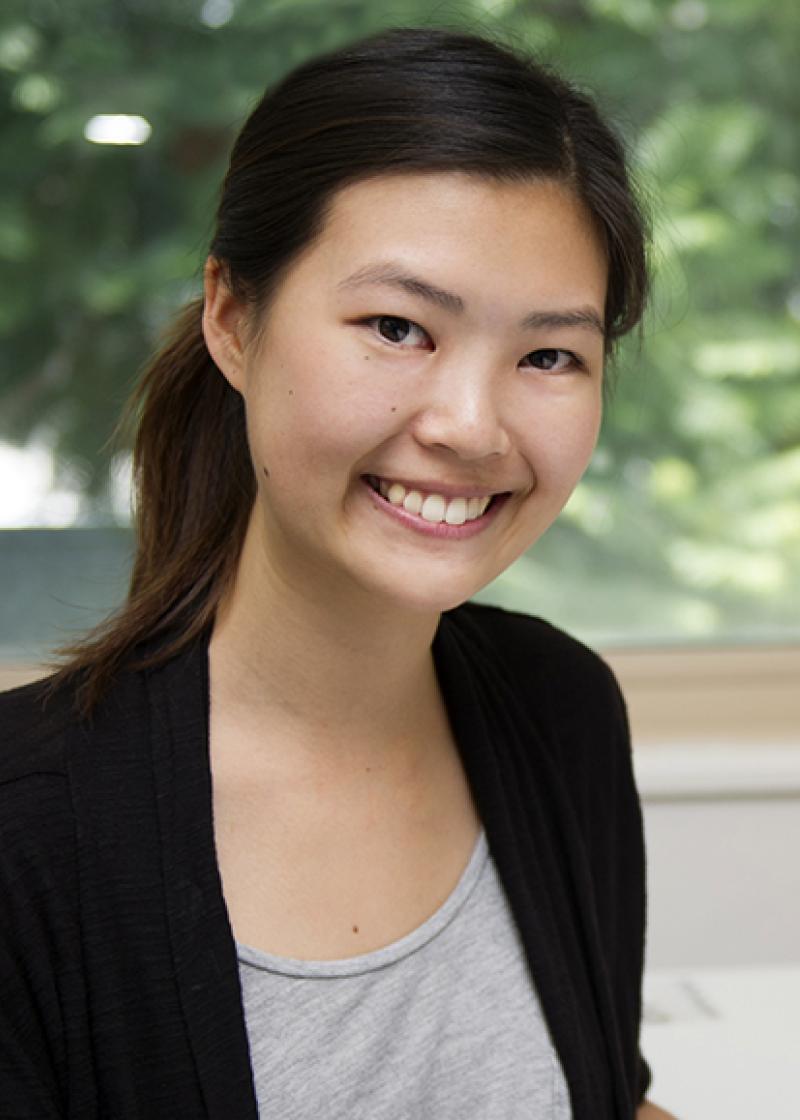Leone Chare
Clinical and pathological associations in Frontotemporal Dementia

Award
2013 AADRF Top-Up Scholarship
Status
Completed
Start Date
1 February 2013
About the project
Frontotemporal dementia is a common cause of early onset (<65 years of age) dementia, as common as Alzheimer’s disease in this age group. People with frontotemporal dementia can present in one of four different ways that can be differentiated by different behavioural, language and motor dysfunction, with marked diversity between patients. The neuropathology does not match the clinical presentations, with each clinical syndrome associated with a range of molecular pathologies. This makes prediction of the underlying pathology largely guesswork. With the advent of drugs that are aimed at targeting the different molecular pathologies, methods to predict these pathologies has become more urgent. This study aims to determine the associations between the clinical and pathological features that could assist in correct diagnosis and eventually the appropriate medical management of these dementias.
Frontotemporal dementia is a common cause of early onset (<65 years of age) dementia, with an incidence and prevalence similar to Alzheimer’s disease in this age group. The recent international consensus papers recognise four clinical variants, typically characterised by behavioural, language and motor dysfunction, although there is marked diversity between patients. The neuropathology in each of the variants is highly heterogeneous, with each clinical syndrome associated with a range of molecular pathologies, making protein prediction largely guesswork. With the advent of drugs aimed at targeting the underlying pathology, it has become imperative to be able to predict the molecular changes during life. Clinicopathological correlations are therefore necessary to determine what kind of clinical presentations can be associated with the diverse pathologies underlying frontotemporal dementia.
This clinicopathological study will look at a large set of cases from clinics specialising in neurodegenerative disease research and have come to autopsy. The clinical details of all cases will be analysed and given a revised diagnosis according to the updated diagnostic criteria. We aim to look at not only the relations between the clinical and neuropathological features, but also identify specific sets of results that could be immediately translated and incorporated in the clinical setting.
Where are they now?
Ms Chare is a PhD candidate based at Neuroscience Research Australia (Neura).
